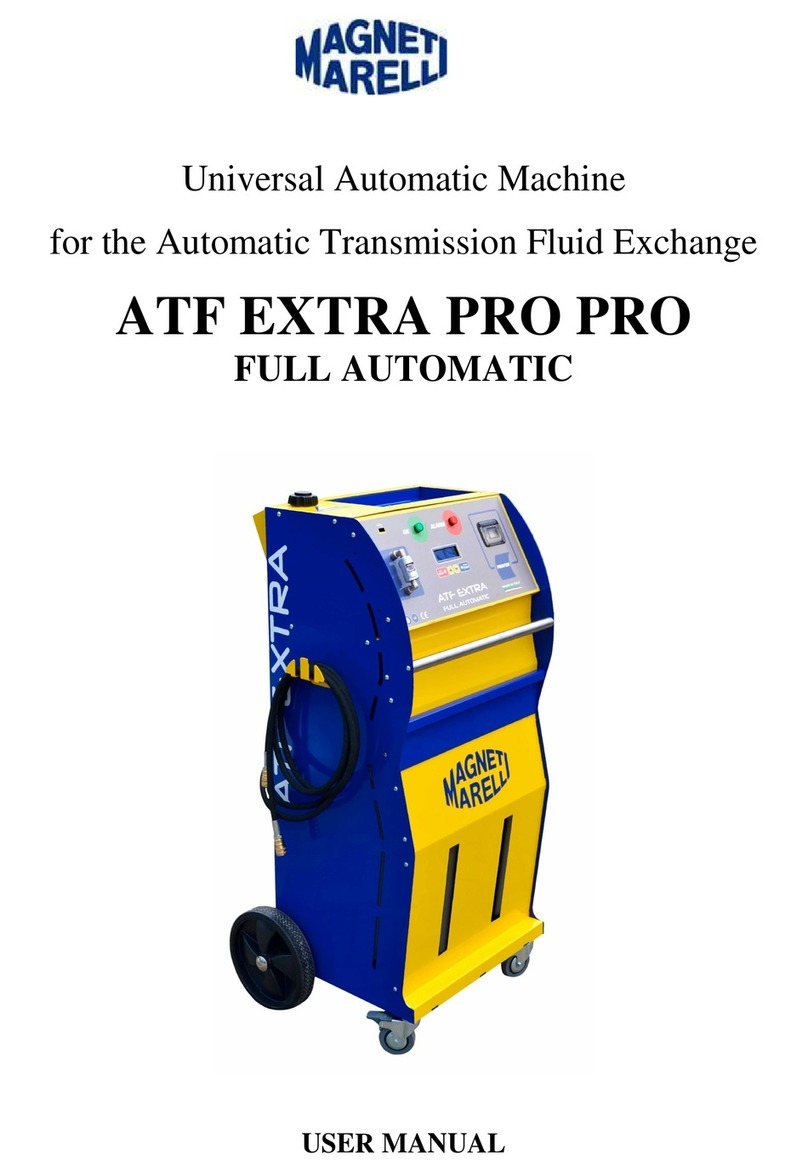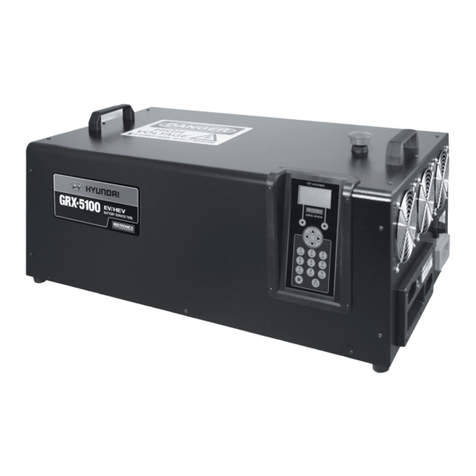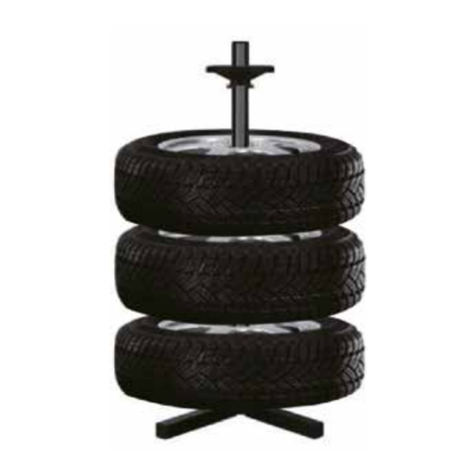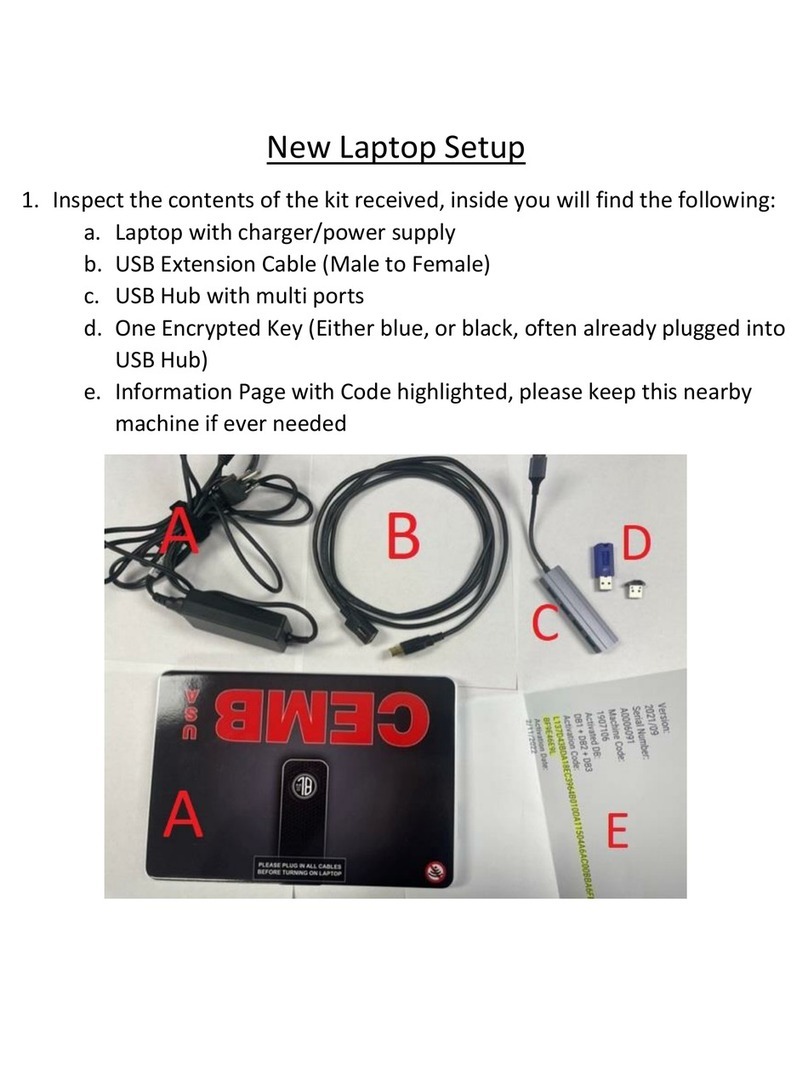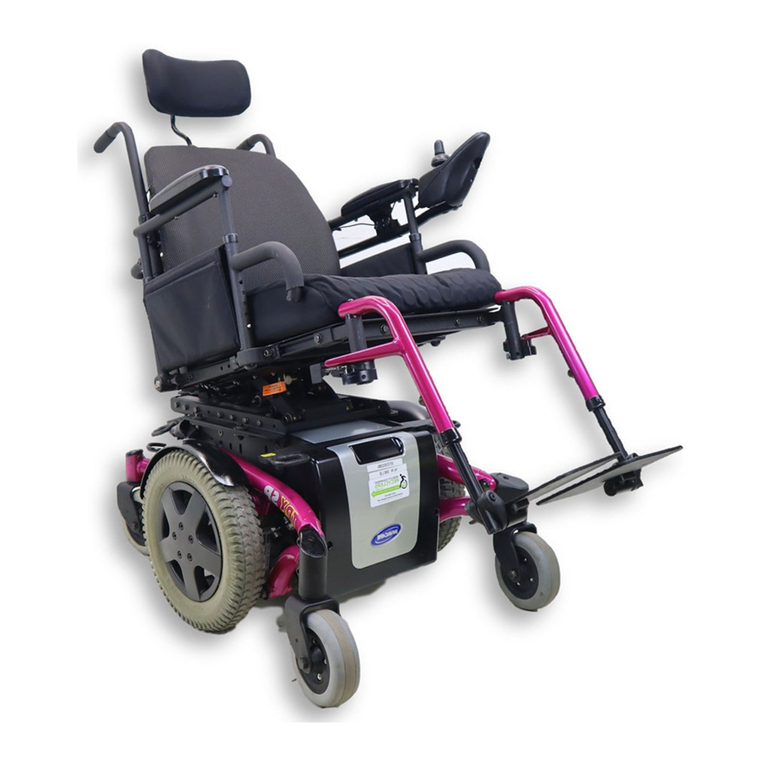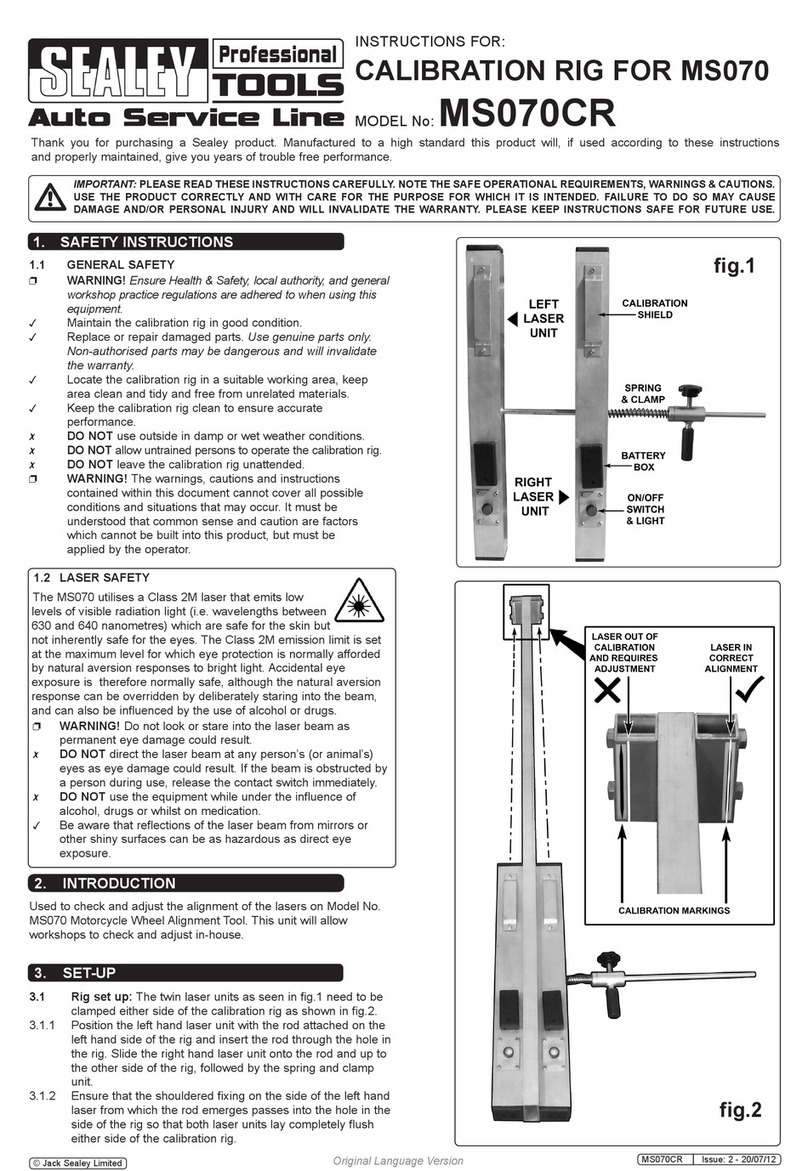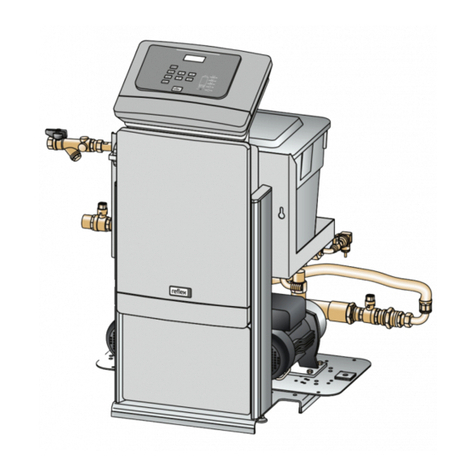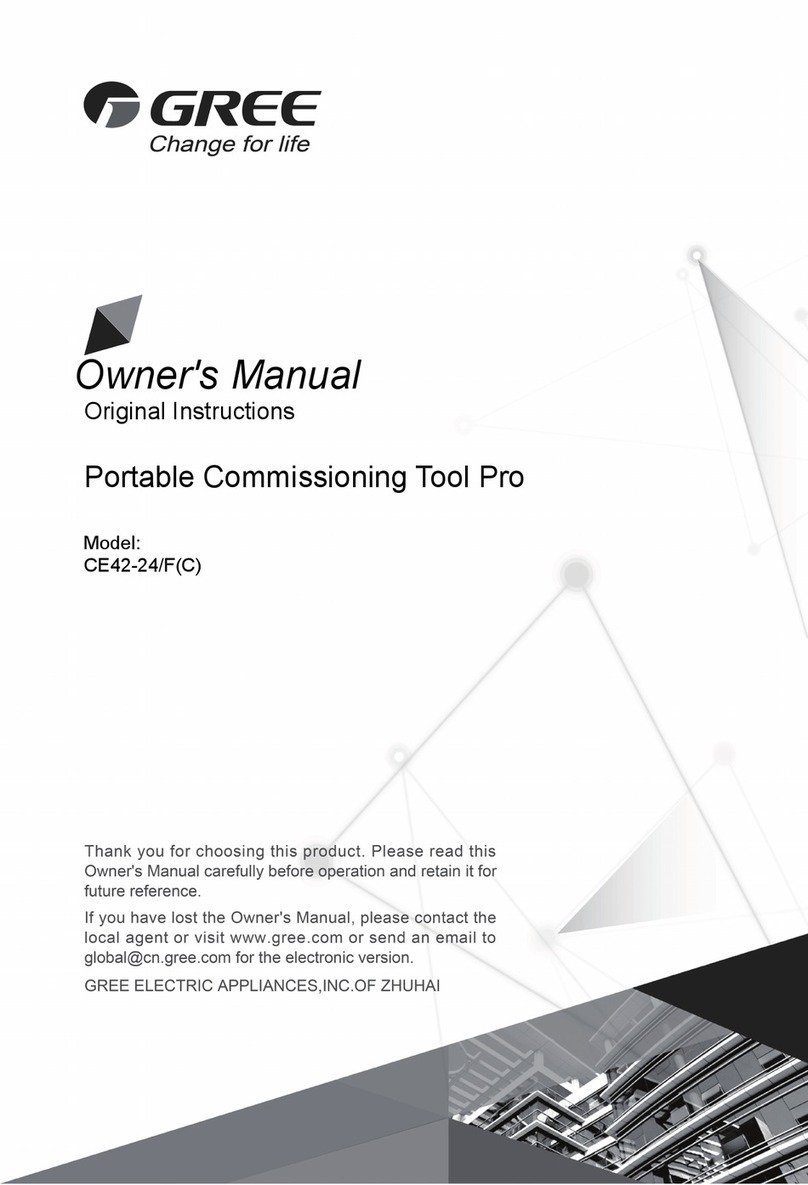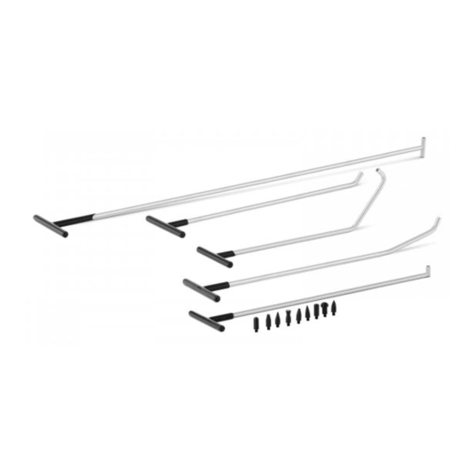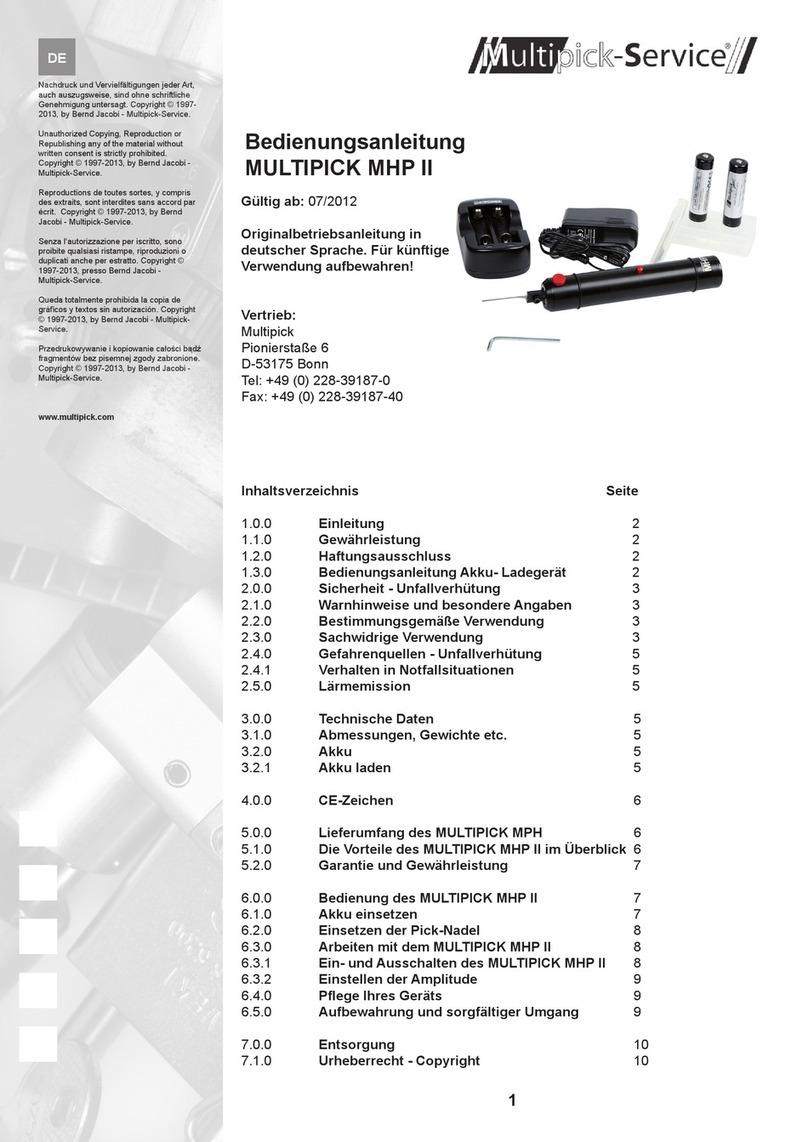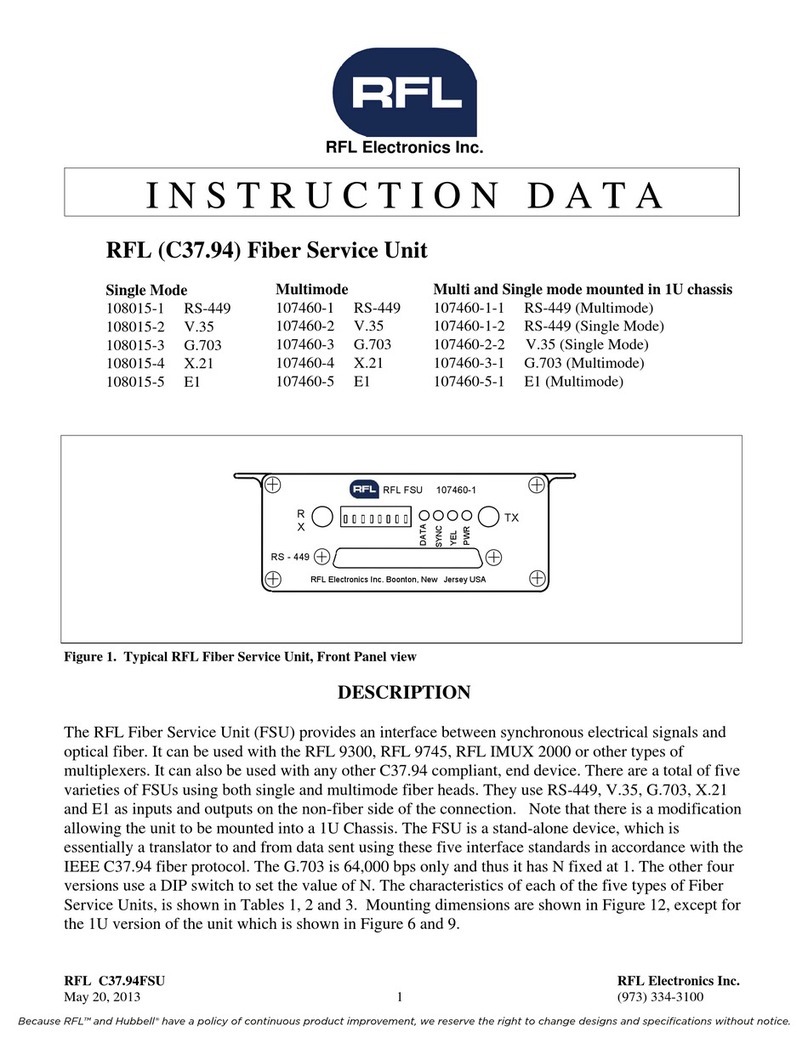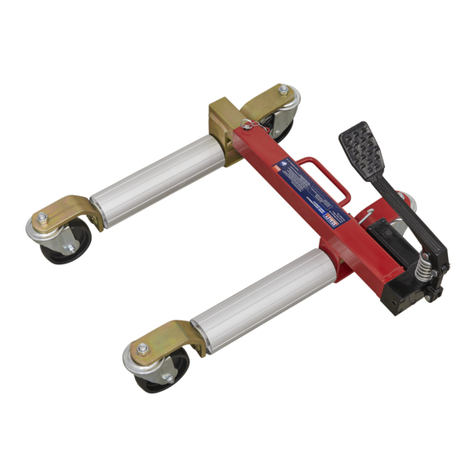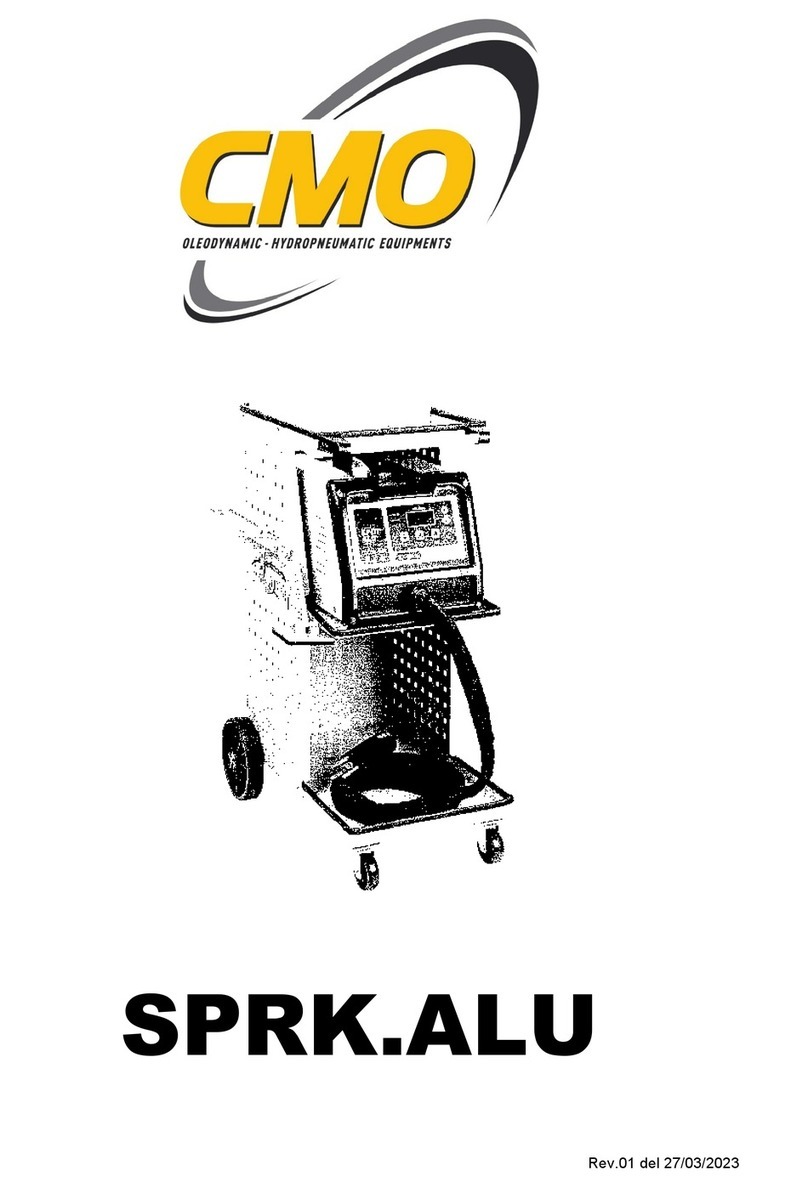
6
FORM NO. L-21156-E-1207
FRICTION FACING ADJUSTMENT
Figure 5
Do not allow air pressure to drop
during brake linkage adjustment.
High spring forces and possible
pinch points require constant air
pressure to prevent operator injury.
Always keep hands and fingers out
of the linkage assembly area when
adjusting and actuating the brake.
NOTE: The VC500 Spring Actuator Assembly is factory
calibrated to a 12.7 mm [0.500 in] wide brake disc. No
adjustment is necessary when mating to a disc of this
size. If using a thicker or thinner disc, offset shoes will
be required.
WARNING
WARNING
Do not wear facings down within 0.762 mm
[0.030 in] of the iron facing shoe. Loss of
clamping force and machine damage will
result. Monitor facing wear closely and
replace before worn to this dimension.
Adjustment of linkage is required for any
disc above or below 12.4 mm [0.500 in]
thick. Loss of torque or failure of the manual
release function may result.
Spacing as
described in
Step 8
Actuator Cap
(Item 10)
Friction Facings
(Item 6)
Cap Screws
(Item 34)
Clevis
(Item 14)
Linkage Assembly
Turnbuckle
(Item 23)
Jam Nut (RH)
(Item 19)
Rod End (RH)
(Item 16)
Rod End (LH)
(Item 17)
Rod End (LH)
(Item 17)
Item 3
Actuator
Face
Jam Nut (LH)
(Item 36)
Jam Nut (RH)
(Item 19)
Jam Nut (LH)
(Item 36)
Rod End (RH)
(Item 16)
See Linkage
Assembly Above
Screw (Item 28) and
Lock Nut (Item 18)
1. If the brake is mounted and clamping on the disc,
apply >4.1 bar (>60 psi) to release the spring
actuator force from the linkage. The brake must be
disengaged and unloaded for linkage adjustment
(See Warning note to the right).
NOTE: Brake shoes and detent pins must be installed
in order to perform the following procedure.
2. Remove the brake guard by removing cap screws
(Item 34) (See Figure 5).
3. Remove only the center rod ends (Item 17 & 16)
from the clevis (Item 14) by removing the locking
nuts (Item 18) and screws (Item 28).
4. Apply >4.1 bar (>60 psi) to the spring actuator.
5. With the air pressure applied rotate the clevis (Item
14) until the rear end is 100.9 mm (3.97 in) away
from the face of the actuator.
6. Insert the center rod ends (Items 16 & 17) back
into the clevis (Item 14) and tighten the locking nuts
(Item 18) to 45.2 Nm (435 in-lb).
Once the rod ends are installed, retighten the clevis
jam nut (Item 19), apply servicable thread locker to
jam nut and torque to 4.5 Nm (40 in-lb).
7. Clevis adjustment is now complete.
8. It is critical that the linkage assemblies are both
equal length. To ensure this, adjust both linkages
by rotating the turnbuckle until the spacing between
the arm (Item 3) and the actuator cap (Item 10) is
equal -- see drawing for clarification. This will create
a starting point for the final facing adjustment.
®
DIST. AUTORIZADO
MEX (55) 53 63 23 31
QRO (442) 1 95 72 60
MTY (81) 83 54 10 18
